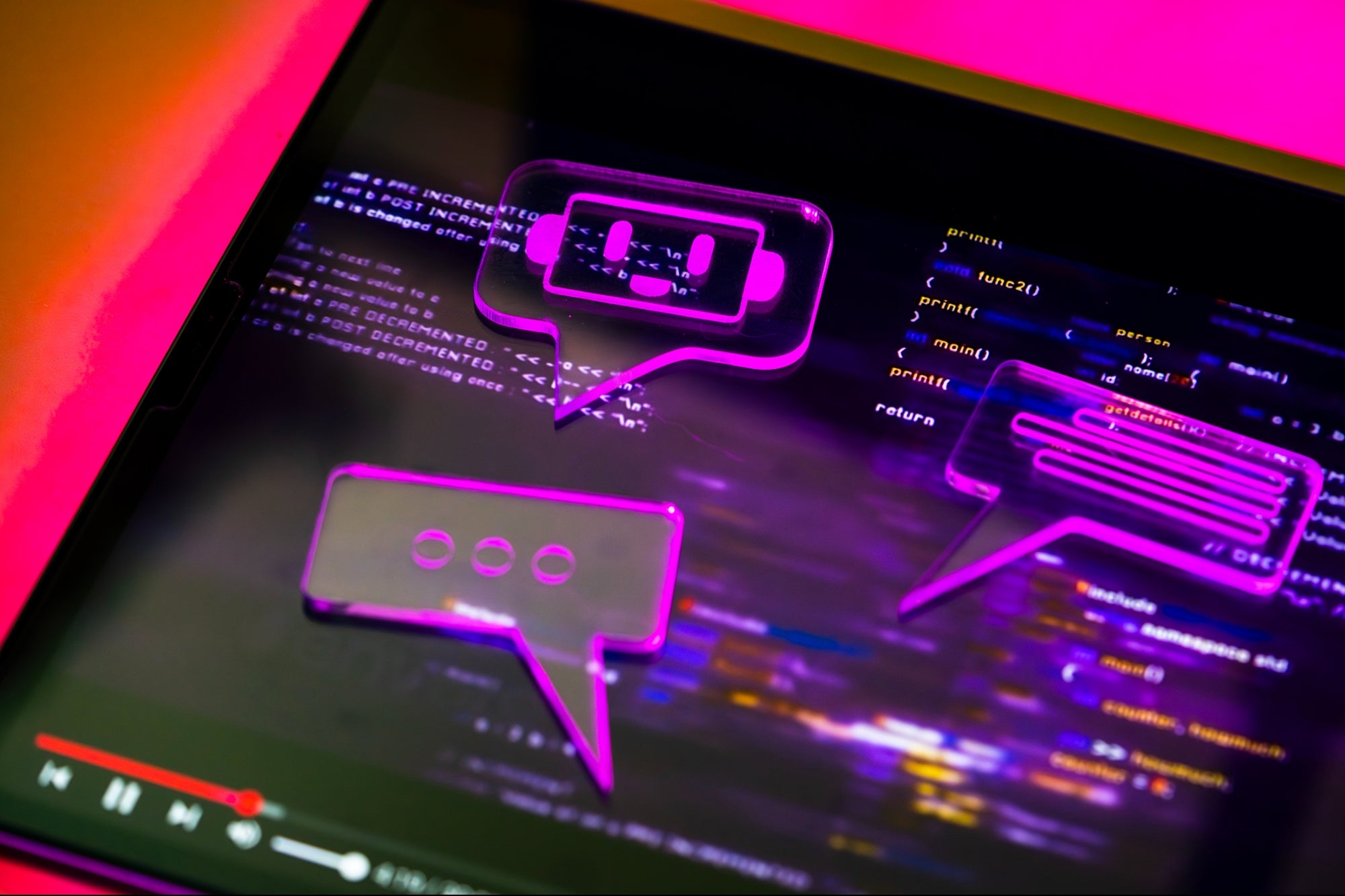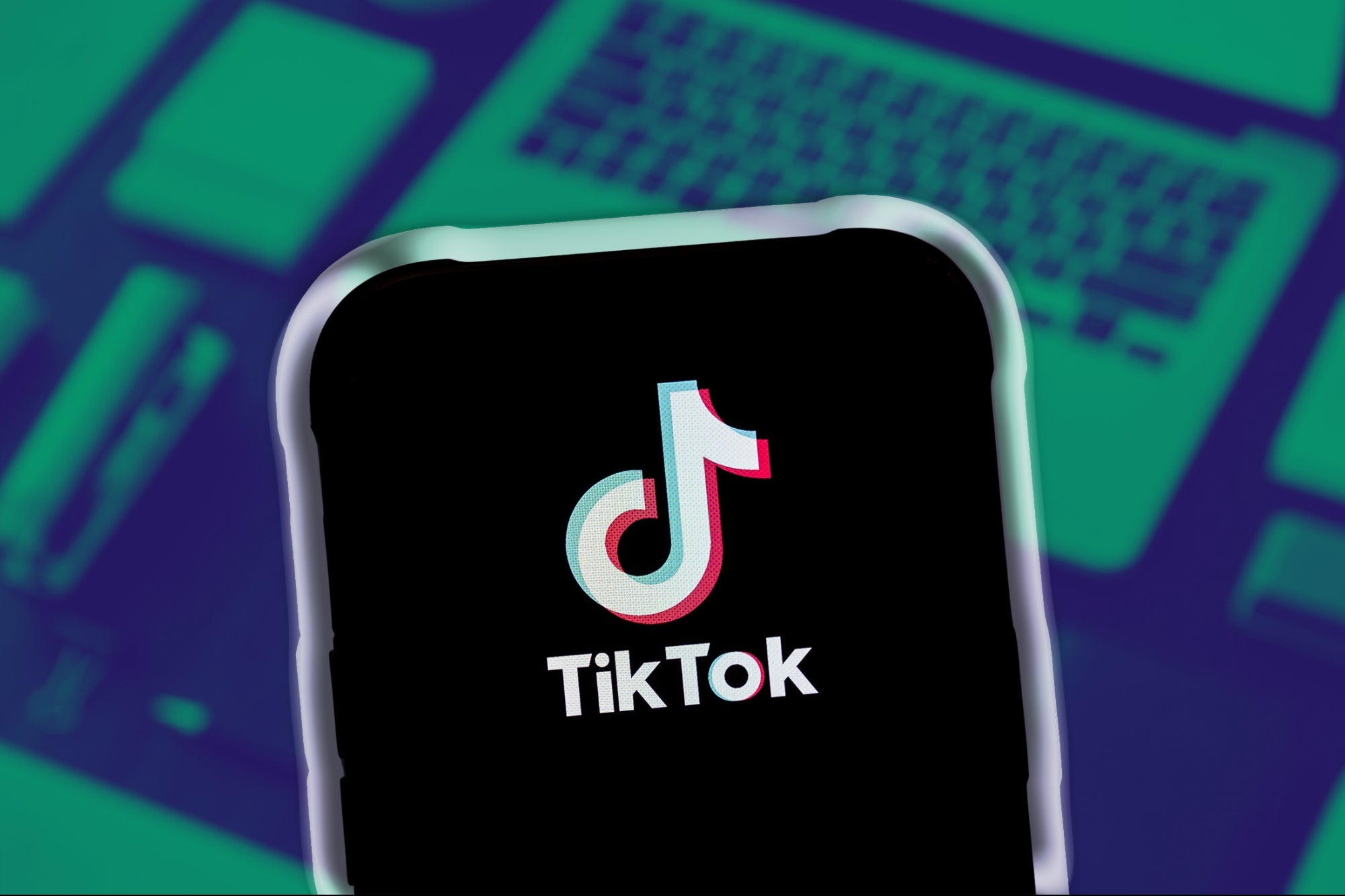6 Ways Blockchain is Changing Online Education Assessing the changes in online-based education brought about by the implementation of blockchain, with a peek at what the future holds.
By Michael Jurgen Garbade Edited by Jason Fell
Opinions expressed by Entrepreneur contributors are their own.
You're reading Entrepreneur Europe, an international franchise of Entrepreneur Media.

In 2008 the tech world welcomed the blockchain technology through Bitcoin. Its chain-of-blocks mechanism solved issues of duplication and forgery, ensuring maximum security and transparency. This foolproof mode of operation made it a renowned means for distributing ledger. With such an incredible feat exhibited by blockchain, it caught the attention of various industries seeking to implement its technology.
To improve security, ensure transparency and ease verification and access to records; blockchain was introduced to education. Ever since the pair came in contact, it's been a perfect match.
Here are some of the fascinating improvements made to online-based education thanks to blockchain technology.
1. Decentralized accreditation.
Blockchain works by recording all new changes on a new block. Showing change, A to B along with the specific time this change was made. This trait has been prized particularly for its security and transparency. When implemented in online-based education, it considerably eased the processes involved in the creation and verification of both digital badges and certificates. For example:
- Accredible: Founded in 2013, it is a leading credentialing solution for online-based learning platforms like Google, Udacity and Hootsuite. Accredible works by using numbers to represent the information provided. It then stores this information in a Blockchain. During verification of a credential, Accredible analyzes the stored numbers against the newly provided credential information to ensure there's a match.
- Credly: This is another credentialing solution which makes use of Blockchain to validate certifications. Founded in 2012, Credly's objective is to help individuals and organizations issue and track verified achievements. Credly works by publishing digital credentials to the blockchain, then the credentials can be easily verified in real time by other parties on the blockchain.
2. Incentivized learning (rewards).
Leveraging the Blockchain technology, tokenization has been employed by online education platforms seeking to incentivize the learning process on both the student and teachers' end. This helps reduce cost for the operation of the institution and at the same time reward both parties with tokens for their participation.
3. Enhanced security for intellectual property.
The adoption of blockchain has further improved the security for essential breakthroughs and findings made by researchers. The arduous processes involved in research together with prized findings have long been vulnerable to piracy and misuse. With the implementation of blockchain, researchers would be able to track the use of their research and easily detect piracy.
Ensuring their efforts are protected, which in turn would encourage more beneficial research.
4. Safeguarding records and data.
With so much reliance on internet-based databases, both students and staff records are at a higher risk of theft and falsification. Hackers may try to steal staff data for criminal purposes or alter student's records to boost grades or credentials.
By employing the chain-of-blocks (blockchain) mechanism, security is significantly heightened. Ensuring the educational platform is protected from security breaches and stellar records equally protected.
5. Interoperability in education.
Easy and secure transmission of data across a host of systems, interoperability. This is a key improvement in online-based education as it eases the processes involved in collecting information about a student or staff.
For instance, in a situation whereby a teacher is seeking to inquire why a student struggles with a particular subject. They can easily access a portal showing a detailed progression of the student; class attendance, assessment scores, and even assignments all in one view. Enabling them pinpoint the cause of struggle, thereby improving the teacher's educating efficiency.
The idea of interoperability can be seen in banks when you're allowed to withdraw cash from a different bank's atm machine—easy and secure exchange of customer data across different platforms.
6. Reducing cost.
One of the key capabilities of blockchain is limiting intermediaries involved in a process. Managing tuition sometimes involves various parties; students, parents, loan companies and the educational institution, employing blockchain restructures this process, simplifying it, thereby reducing cost. Additionally, new avenues of payment have spawned since the introduction of blockchain to education. Now, pay-as-you-learn schemes are available employing the use of blockchain smart contracts.
Possible Future Developments
New educational model: Although the traditional educational system has a proven and reliable track record, the high cost of acquiring a degree has people ditching traditional schools for easy to access online based education. This could leave students at a disadvantage as most companies prefer traditional degrees to the online alternative.
Blockchain might have a solution to bridge this gap—Decentralized Educational Institutions is the answer to this. If enough reputable professors formed a decentralized educational institution, it would quickly gain enough recognition for employers to accept its certifications. Leading to a new and cost-efficient educational model.
Control of credentials: Blockchain provides the opportunity for true ownership and control of credentials. Making it possible to share a digital certificate with an employer with full trust that such degree has in no way been doctored or falsified. This is backed by the blockchain's architecture which assures the following:
- Proof of identity tied to the credentials.
- Proof that the credentials have no history of manipulation.
- Full transparency, showing all information related to the lifecycle of the credentials, including date of issue, method of issue and history of shares.
It is evident that the blockchain technology has spurred significant innovations visible across various sectors of the economy; improving efficiency wherever it is implemented. Online-based education is a recipient of its implementation and in such a short period, remarkable changes have occurred in its field.
Although adoption may be slow, the future looks good for blockchain in online-based education.













